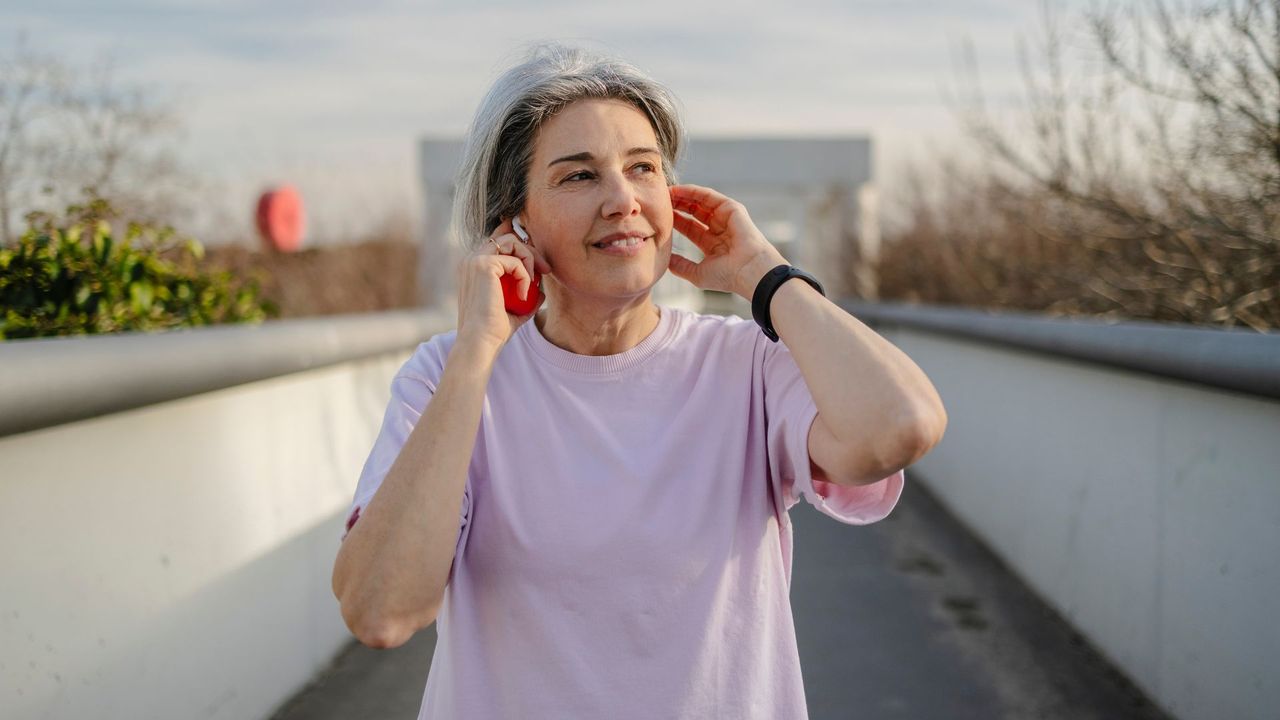
It's vital that we continue to challenge ourselves to keep our bodies mobile and our minds sharp as we age. While swimming workouts or a quick 15-minute walk will certainly help get your heart rate up and improve longevity, only one type of exercise has been proven to boost cardiorespiratory fitness and quality of life.
The Norwegian Generation 100 study reviewed more than 1,500 men and women between 70 and 77 years old for five years. They studied the effects of exercise and the difference between moderate and high-intensity training among the participants. The results, published in the British Medical Journal, found that high-intensity interval training (HIIT) was the most effective for improving fitness and quality of life with age.
Now, stay with us. When you think about high-intensity training, you probably picture lots of intense exercises and being drenched in sweat. However, a HIIT workout is simply one that alternates between short bursts of high-intensity exercise and periods of low-intensity or resting. It's completely adaptable as an exercise for over-70s. You can base it on your current fitness level and the types of exercise you enjoy.
For example, if you enjoy walking, you could try the Japanese walking intervals (walking at a fast pace for three minutes, switching to a slow walk for three minutes, and repeating for 30 minutes). If Pilates is more your style, there's a quick 15-minute Pilates routine you can do that switches between high-intensity exercises and rest.
In the study, the participants were split into two groups: a control group (who followed national physical activity guidelines) and an exercise group. Half of the participants in the exercise group did high-intensity training twice a week, and the other half did moderate-intensity training twice a week.
After participants went through a fitness test and clinical exams after one, three, and five years, the researchers found that those who did high-intensity training two days a week had the most significant improvements in their quality of life and cardiorespiratory fitness.
These improvements were seen in participants' lifespan as well. Over the five years, 3% of those in the high-intensity group died, compared to 5.9% of participants in the moderate-intensity group.
Why is HIIT the best exercise for over-70s?
High-intensity interval training (HIIT) is a workout that combines short intervals of work with rest. "Most workouts consist of a fast, higher-paced load that's followed by a short period of rest or an exercise of a lower intensity," says James Crew, a certified personal trainer with Fitness First. "This is then repeated in small, manageable sets, to get your heart rate up to a level you can't sustain for long."
Training in this way has a couple of benefits. "HIIT workouts are very time-efficient. They're easy to fit around your day, you can complete them at home or in the gym, and they can be scaled to progress and regress as far as needed," he says.
Some of the other health benefits of HIIT training as exercise for over-70s include:
- Working different muscle groups at the same time
- Helps to reduce your resting heart rate
- Increases cardiovascular fitness, boosting heart health
- Increases respiratory fitness, which is beneficial for lung health
- Helps burn calories and maintain a healthy weight
HIIT workouts for over 70s
For beginners
20-minute HIIT workout at home
Advanced HIIT workout
Tips for doing HIIT over 70
- Speak with your doctor first: Before starting any new exercise routine, it's essential to consult with your doctor to ensure the exercise is suitable for you.
- Prioritise low-impact exercises: That means anything that doesn't involve jumping. E.g. squats instead of lunges.
- Seek guidance for form: If you're new to exercise or returning after a break, get some guidance from a personal trainer at your local gym. They'll be able to help you do each exercise with the right form and progress at the right pace, avoiding the risk of injury.
- Do an exercise you enjoy: The key to making progress with any exercise is to do it often - and you'll only do a workout twice a week if you enjoy it. If that means walking HIIT workouts over mat workouts, that's totally fine.







